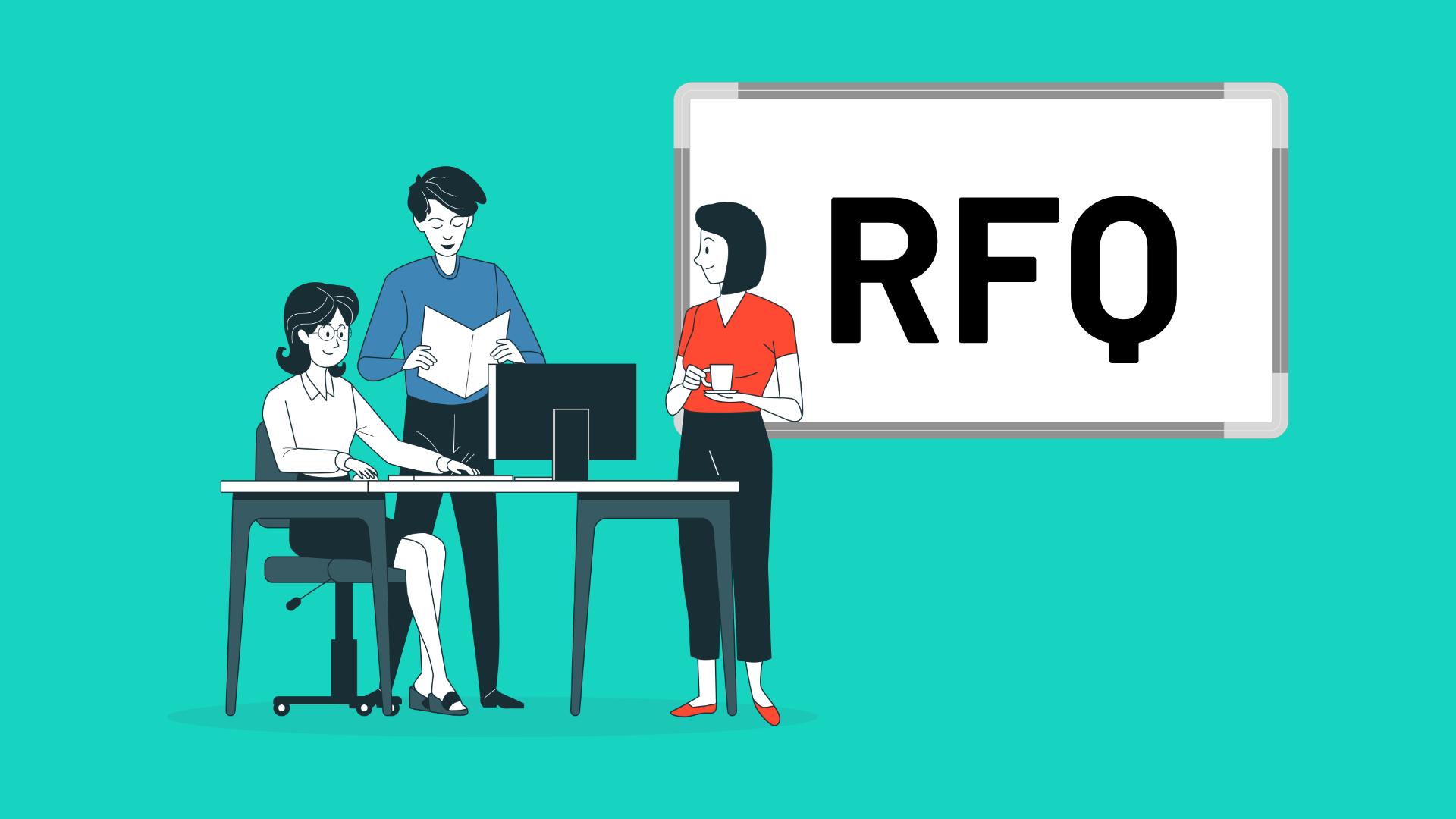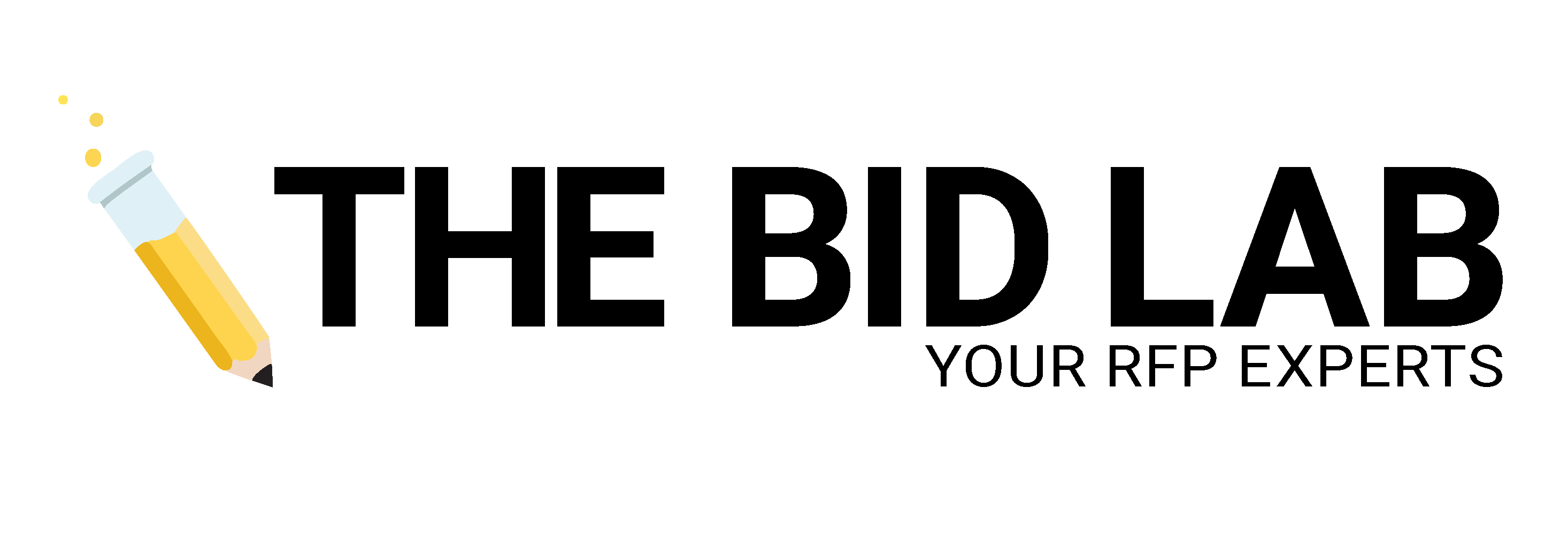RFQ Meaning: What Is an RFQ?


In the intricate procurement world, acronyms like RFP and RFQ often take center stage. They play a pivotal role in the solicitation of goods and services. However, understanding their subtleties and distinguishing between them is vital for crafting a compelling response, ensuring you secure the leading position with a potential client. When we talk about RFQs, we also need to know the obvious: what’s the meaning of RFQ?
This comprehensive guide is your key to unlocking the world of RFPs and the RFQ. So, let’s get ready to delve into their meanings, applications, and the distinctions setting them apart.
By the end of this article, you will possess a comprehensive understanding of what an RFP and RFQ stand for, and you’ll appreciate why recognizing their differences is so significant.
Defining RFPs
The journey begins by diving into the most common procurement solicitation, the RFP or “Request for Proposals.”
So. What are RFPs?
Well, RFPs serve as the key element for organizations looking to initiate projects, procure goods and services, or explore potential collaborations with suppliers. These documents encapsulate the specific requirements, objectives, and expectations of a project or contract, enabling organizations to convey their needs effectively. They act as a bridge, connecting organizations seeking solutions with suppliers equipped to offer them.
RFPs are pivotal in vendor selection, placing a strong emphasis on soliciting comprehensive proposals tailored for specific projects or contracts.
A prominent characteristic that sets RFPs (Requests for Proposals) apart from other procurement methods is their comprehensiveness. While some bid processes may solely seek pricing information or a general overview of suppliers’ capabilities, RFPs are known for their in-depth approach. These documents are thorough and all-encompassing, requiring suppliers to provide detailed information.
Within the contents of an RFP, you’ll often find far more than just basic requirements. RFPs delve into the tough details, covering aspects such as the project’s scope, specific objectives, desired outcomes, project timelines, quality standards, evaluation criteria, cost constraints, and contractual terms and conditions. This level of detail not only assists potential suppliers in understanding the project details but also demonstrates the buying agency or organization’s commitment to transparency and precision.
RFPs are versatile tools in procurement in all industries. They support various projects, the acquisition of goods and services, and supplier partnerships. Their thoroughness helps organizations navigate supplier selection with clarity and confidence. In modern procurement, RFPs aren’t just documents; they’re catalysts for turning ideas into reality.
You may have already sensed this, but RFPs don’t have the same meaning as RFQs.

RFQ Meaning: For Unique Procurement Demands
Ok: what’s an RFQ?
In the context of procurement, our focus shifts to RFQs, or “Request for Quotes,” which hold a fundamental role within the procurement landscape. RFQs primarily serve the purpose of requesting pricing information from potential suppliers, making them an integral component of the procurement process.
At their core, RFQs (Request for Quotes) are versatile, industry-agnostic instruments designed to accomplish several essential objectives. Their primary meaning is to collect vital pricing information from prospective suppliers, thereby empowering organizations to make well-informed purchasing decisions. Employing RFQs usually means the buying organization has a particular product or service in mind and is looking for competitive price quotes to facilitate cost-effective decision-making.
The typical RFQ document is a concise yet informative guide for potential bidders. It offers a brief overview of the procurement process, providing essential details such as the RFQ’s purpose, the organization’s objectives, the scope of work, terms and conditions, and bidding instructions. While an RFQ provides valuable information, it generally does not require as comprehensive a response from bidders as a Request for Proposal (RFP). This streamlining of the bidding process allows bidders to efficiently provide the necessary pricing information while expediting the procurement process. RFQs are tools that serve a wide range of industries. By making them an industry-agnostic solution, organizations can use them to secure the best value for their procurement needs.
By gathering price quotes from potential suppliers, organizations can evaluate and compare offerings to select the most suitable supplier that aligns with their budget and requirements. This process ensures that bid decisions are well-informed, clear, and aligned with the organization’s goals and objectives. Their applications span various procurement scenarios and industries, making them flexible instruments for procurement professionals.
RFPs vs. RFQs
RFQs (Request for Quotes) and RFPs (Request for Proposals) are fundamental tools in the realm of procurement with different meanings. While these acronyms might seem similar, each has distinct purposes tailored to specific procurement needs:
- RFPs are comprehensive documents intended for gathering detailed information and are most suitable for projects with intricate and multifaceted requirements.
- RFQs primarily focus on pricing information research, and are the ideal choice. This is especially true when the organization has a specific product or service in mind.
Whether you’re in the business of responding to project proposals or providing competitive price quotes, being wise is a must. A solid understanding of RFPs and RFQs is necessary to navigate the intricacies of the procurement landscape. These valuable tools ensure you can effectively solicit and respond to procurement requests. Remember that meeting the unique demands of each situation will ultimately lead to successful outcomes.
Learn More Procurement Terminology with The Bid Lab
So, you’d like to know more? Check out the meaning of RFI, which is also different from the meaning of RFQ and RFP. In fact, we have a handy Industry Glossary right and more in our Learning Center. Find RFQs with Bid Banana, The Bid Lab’s user-friendly RFP search engine. Want even more information about the meaning of RFQ and RFPs? The Bid Lab team is here to help. Reach out by calling 1-844-4BID-LAB or email us at respond@thebidlab.com to schedule a free consultation today.
